- 5 Tips To Finding Peace Within Yourself
- The Do’s and Don’ts of Learning How to Accept Yourself
- How to Find Your Inner Peace and Transform Your Life
- 8 Benefits of Having an Open Mind and How to Get One
- Learn How To Be A Happier Person
- What Is The Meaning Of Life?
- Laws of Abundance – The Riches of Love and Joy
- How to Be Laid Back By Following These 9 Simple Strategies
- The meaning of confucius’ golden rule – 4 practical ways of living it
- 3 methods of unleashing the power of contentment in your life
Recognize the Symptoms of Anxiety Disorder
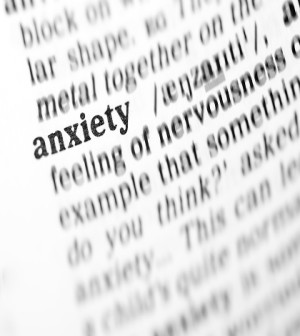
Match the symptom with the disorder for effective treatment
Anxiety Disorder is the catch-all term used to refer to many types of psychiatric disorders traceable to one or more psychosocial causes. It’s important, therefore, to recognize the different symptoms of anxiety disorder in order to pinpoint which type a person is suffering from.
Types of Anxiety Disorder
The National Institute of Mental Health classifies Anxiety Disorder into five types:
➢ Generalized Anxiety Disorder (GAD)
➢ Obsessive-Compulsive Disorder (OCD)
➢ Panic Disorder
➢ Post-Traumatic Stress Disorder (PTSD)
➢ Social Anxiety Disorder
The different types are characterized by their respective symptoms of anxiety disorder.
What are the signs of GAD?
General Anxiety Disorder is when you start to worry excessively about things, even when there’s no reason to be worried. Some of the signs are:
➢ Excessive worry and tension as a continuing condition
➢ Feeling restless, irritable or on-edge most of the time
➢ Headaches, sweating or being nauseous
➢ Tense muscles, trembling and being easily startled
➢ Difficulty in falling or staying asleep
What symptoms of anxiety disorder point to OCD?
Obsessive-Compulsive Disorder makes you want to check and re-check things over and over, or have the urge to keep on repeating certain rituals or behaviors. For instance:
➢ Thinking about things over and over – This includes almost anything ranging from germs to conflicts in religious beliefs. It also makes one unable to control unwanted thoughts or behaviors.
➢ Being overly tidy – Constantly cleaning up, arranging and re-arranging things and being unable to accept even normal clutter are all signs of OCD.
➢ Repeating rituals – Doing the same thing over and over again, like washing hands, counting the same things, locking and unlocking doors are among the most common symptoms.
Symptoms of Panic Disorder
Panic Disorder consists of repeated attacks of fear, even when there is no real danger. Common indications are:
➢ Chest pain or heart pounding
➢ Difficulty in breathing and a feeling of choking or being smothered
➢ Trembling, shaking or sweating
➢ An upset stomach or a feeling of nausea
➢ Feeling dizzy or faint
➢ A strong feeling of dread, of losing control or dying
Symptoms of anxiety disorder related to PTSD
Post-Traumatic Stress Disorder causes fear or stress after going through a dangerous experience, even if the danger is no longer present. The symptoms fall into three categories: reliving, avoidance and hypervigilance.
➢ Reliving symptoms of PTSD anxiety often take the form of nightmares, flashbacks or hallucinations.
➢ Avoidance entails staying away from people, places or events that remind one of the traumatic experience.
➢ With hypervigilance, senses become extremely sensitive [comma] resulting in an abnormal intensity of behavior intended to detect threats.
The manifestations of Social Anxiety Disorder
Social Anxiety Disorder is a fear of being so embarrassed that it prevents you from going about daily, ordinary tasks like working or going to school. This includes:
➢ Being anxious around other people – Being self-conscious and embarrassed, and having difficulty conversing with others are symptoms of this disorder.
➢ Avoiding other people – Staying away from places other people frequent and worrying for weeks about attending a public an event are signs of Social Anxiety Disorder.
➢ Being a loner – Having difficulty making friends or keeping them is still another symptom of this disorder.
Treating Anxiety Disorder
Anxiety disorders are treated with medication, psychotherapy or a combination of both, with medication prescribed to keep the disorders under control while a person undergoes psychotherapy. One treatment method that’s becoming increasingly popular is meditation. Properly practiced, meditation increases the level of the neurotransmitter GABA in the brain resulting in relaxing, anti-anxiety and anti-convulsive effects. Together with its ability to boost the protein DHEA, endorphins and melatonin, medical practitioners agree that meditation can help alleviate the symptoms of anxiety disorder while more traditional treatments are used to achieve longer-lasting results.



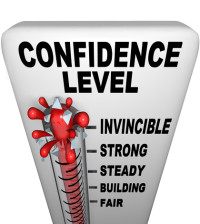


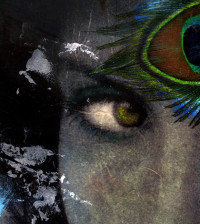
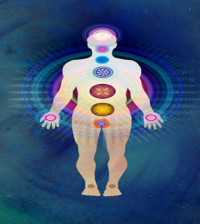

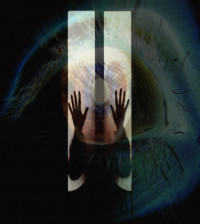


























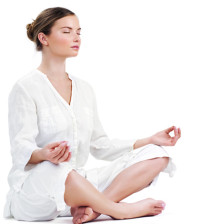


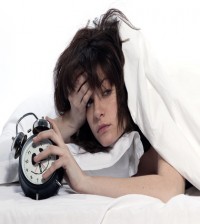


You must be logged in to post a comment Login